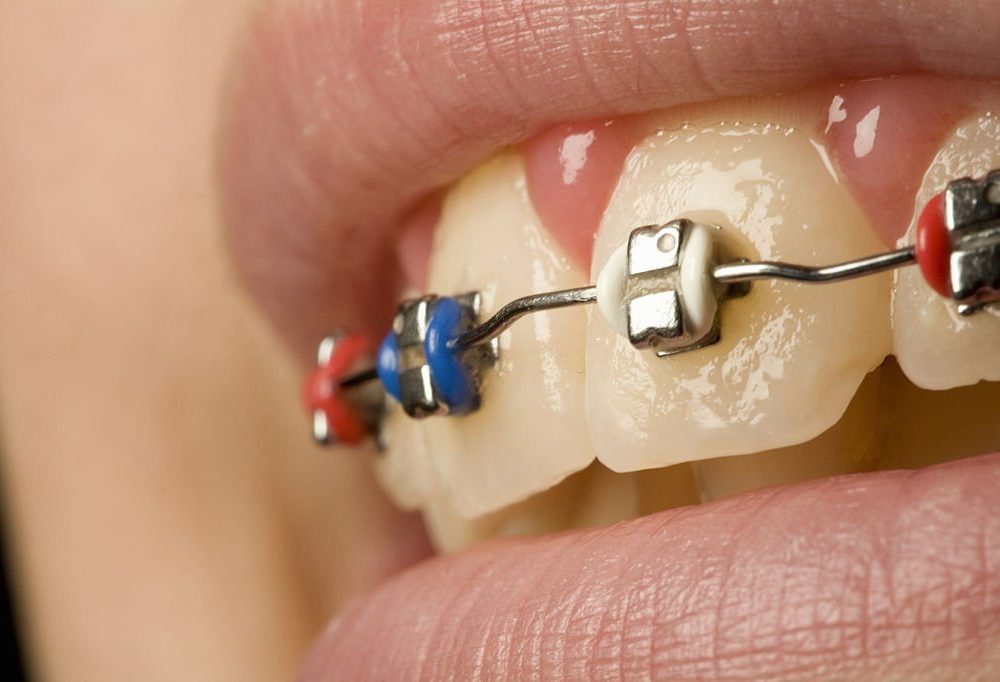Braces, those metal or ceramic brackets and wires that help straighten teeth and create beautiful smiles, are a common orthodontic treatment. While their effectiveness is widely acknowledged, one question that often arises is, “how much do braces hurt on a scale 1-10?” In this article, we will delve into the factors influencing the pain experienced during orthodontic treatment, explore the discomfort associated with braces, and provide valuable insights on managing and coping with any potential pain.
Introduction
Braces are an excellent solution for addressing misaligned teeth, overcrowding, and other orthodontic issues. However, it is natural for individuals to be concerned about the potential pain associated with this treatment. Pain perception varies among individuals, making it challenging to assign a specific pain level to braces universally. Nevertheless, understanding the factors contributing to discomfort and learning effective pain management techniques can alleviate any concerns and make the orthodontic journey more comfortable.
Understanding Braces and their Purpose
Before delving into the pain aspect, it’s crucial to grasp the purpose and mechanics of braces. Braces work by applying gentle pressure to the teeth, gradually guiding them into their desired positions over time. This process involves periodic adjustments and tightening to ensure steady progress. While this realignment is key to achieving a straight smile, it can lead to temporary discomfort.
Pain Perception and Tolerance
Pain is a subjective experience, and each person’s pain perception and tolerance levels can vary. What may be mildly uncomfortable for one person could be more painful for another. Therefore, attempting to assign a precise numerical rating to the pain associated with braces may not accurately represent the individual experience. Instead, it is more helpful to understand the factors that influence the pain level and explore strategies to manage and alleviate discomfort.
Factors Affecting the Pain Level
Several factors contribute to the varying levels of pain experienced during orthodontic treatment. These factors include:
Type of Braces
Different types of braces can influence the level of discomfort. Traditional metal braces, ceramic braces, lingual braces (attached to the back of the teeth), and clear aligners each have their unique impact on comfort levels.
Adjustment Period
During the initial stages of wearing braces, there is an adjustment period where your mouth and teeth need to adapt to the new appliance. This period can be accompanied by some discomfort as your teeth begin to shift and the braces exert pressure. It’s important to keep in mind that this initial discomfort is temporary and typically subsides after a few days.
Individual Sensitivity
Every individual has a different level of sensitivity to pain. Some people may experience minimal discomfort throughout their orthodontic treatment, while others may have a higher sensitivity, leading to more pain. Factors such as gum sensitivity, tooth sensitivity, and overall pain tolerance can contribute to the individual experience of pain.
Orthodontist’s Technique
The technique used by your orthodontist also plays a role in the level of pain experienced during braces treatment. Orthodontists with extensive experience and skill in managing patient comfort can minimize discomfort by employing gentle and precise techniques during adjustments.
Initial Discomfort: What to Expect
When braces are first placed on your teeth, it’s common to experience some initial discomfort. This discomfort may manifest in the following ways:
Soreness and Tenderness
After getting braces, it’s normal to feel soreness and tenderness in your mouth, particularly in the areas where the braces are attached and the teeth are being realigned. This soreness is often described as a dull ache and can be more noticeable when biting or chewing.
Irritation and Ulcers
The presence of brackets and wires can cause irritation on the inside of the cheeks, lips, and tongue. This can lead to the development of small ulcers or sores. The soft tissues in your mouth will gradually adjust to the presence of braces, but in the meantime, orthodontic wax can be applied to alleviate discomfort and prevent further irritation.
Difficulty Eating
Eating with braces may require some adjustment as certain foods can cause discomfort or get stuck in the braces. Hard, sticky, or chewy foods should be avoided during this time to prevent unnecessary pain and damage to the braces. Opting for softer foods and cutting food into smaller pieces can make eating more comfortable.
Managing Braces Discomfort
While braces may cause initial discomfort, there are various strategies and remedies that can help manage and alleviate the pain. Here are some tips:
Over-the-Counter Pain Relief
Over-the-counter pain relievers such as ibuprofen or acetaminophen can be taken as directed to reduce pain and inflammation associated with braces. However, it’s important to consult with your orthodontist or healthcare professional before taking any medication.
Wax or Silicone Bumpers
Orthodontic wax or silicone bumpers can be placed over brackets or wires that are causing irritation or discomfort. This creates a protective barrier between the braces and the soft tissues of your mouth, reducing friction and alleviating pain.
Saltwater Rinses
Rinsing your mouth with warm saltwater can help soothe sore gums and reduce inflammation. Dissolve half a teaspoon of salt in a glass of warm water and swish it around your mouth for 30 seconds before spitting it out. This can be done several times a day for relief.
Cold Compresses
Applying a cold compress to your cheeks can help numb the area and reduce any swelling or discomfort. Wrap an ice pack or a bag of frozen peas in a cloth and hold it against the affected area for 10 to 15 minutes at a time.
Soft Food Diet
During the initial days after getting braces, sticking to a soft food diet can help alleviate discomfort while allowing your teeth and mouth to adjust.
